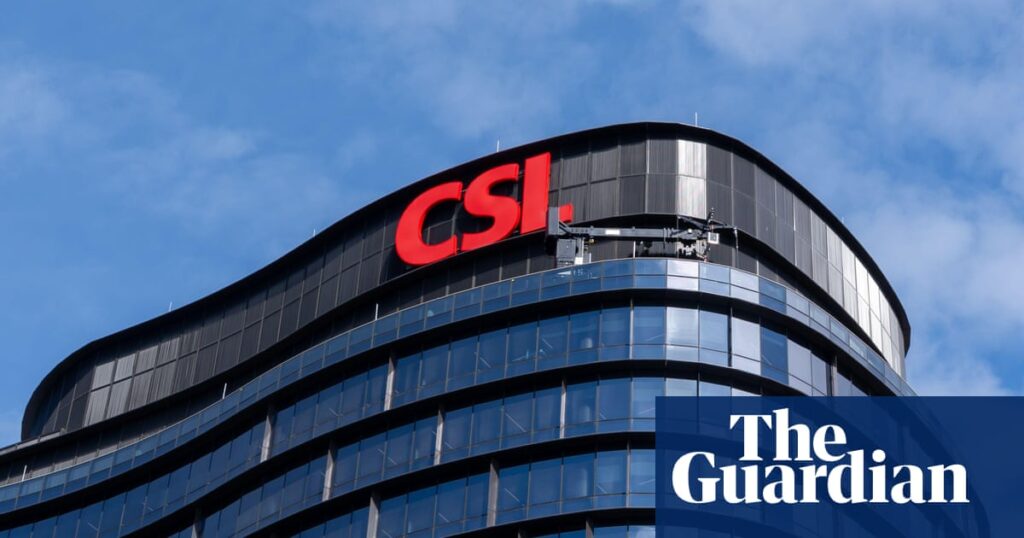
The Australian biotech giant CSL has been dealt a significant blow by its shareholders, who delivered a “second strike” against the company’s executive pay plans during its annual general meeting in Melbourne. This move comes amidst growing frustration over the company’s depressed share price, which took another hit on Tuesday.
More than 40% of shareholders voted against CSL’s executive remuneration plans, surpassing the 25% threshold required for a “strike.” This marks the second consecutive year that the company has faced such a challenge. Despite this, shareholders opted against a board spill, allowing the current leadership to remain in place.
“We passed that hurdle,” CSL Chair Brian McNamee remarked following the vote, indicating relief at the board’s survival amidst the turmoil.
Understanding the Two-Strikes Rule
The two-strikes rule, introduced by the Australian federal government in 2011, aims to hold corporations accountable for excessive executive compensation. It provides shareholders with a mechanism to express discontent when there is a perceived disconnect between company performance and executive pay.
CSL’s shareholders have expressed dissatisfaction over what they see as a mismatch between the company’s financial performance and the high salaries of its executives. The company’s shares have plummeted by more than 35% this year, including a 15% drop on Tuesday following reports of an expected decline in US vaccination rates.
Impact of Declining Vaccination Rates
CSL, a leader in blood plasma therapy and vaccine production, has been grappling with a decrease in influenza vaccination rates in the United States. According to Morningstar, the company anticipates a 12% decline in vaccination rates for the general population and a 14% drop for individuals over 65 during the current flu season.
McNamee described the falling vaccination rates as “remarkable” given the severity of the previous flu season. “Remarkable, but it’s our reality,” he noted, highlighting the challenges facing the company.
Historical Context and Ongoing Challenges
CSL’s current struggles are compounded by lingering resentment over its costly acquisition of the Swiss iron deficiency firm Vifor in 2022. Shareholders have voiced concerns over the high price paid for the acquisition, which has yet to yield the expected returns.
Despite these challenges, CSL continues to offer some of the highest executive salaries in corporate Australia. In the last reporting period, CSL’s CEO, Paul McKenzie, earned $US6.06 million, while his predecessor, Paul Perreault, once received over $US45 million in a single year due to various incentive schemes.
“CSL was among several major Australian companies that regularly spend more on bonuses for their chief executives than they pay in company tax in Australia,” reported Guardian Australia earlier this month.
Looking Ahead: Implications and Future Steps
The shareholder revolt at CSL underscores a broader trend of increasing scrutiny on executive compensation, particularly in industries facing financial headwinds. As CSL navigates these challenges, the company must balance attracting top global talent with addressing shareholder concerns over pay equity and performance alignment.
Moving forward, CSL’s leadership will need to engage more effectively with its shareholders to rebuild trust and confidence. This may involve revisiting its executive pay structures and demonstrating a stronger correlation between compensation and company performance.
As the biotech industry continues to evolve, CSL’s experience serves as a cautionary tale for other companies navigating the complex landscape of executive remuneration and shareholder expectations.







